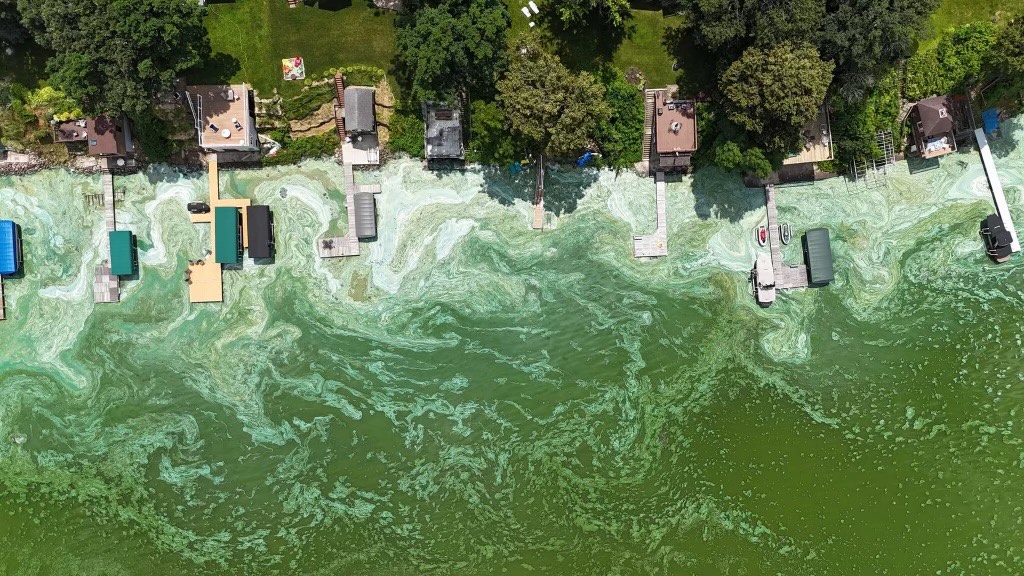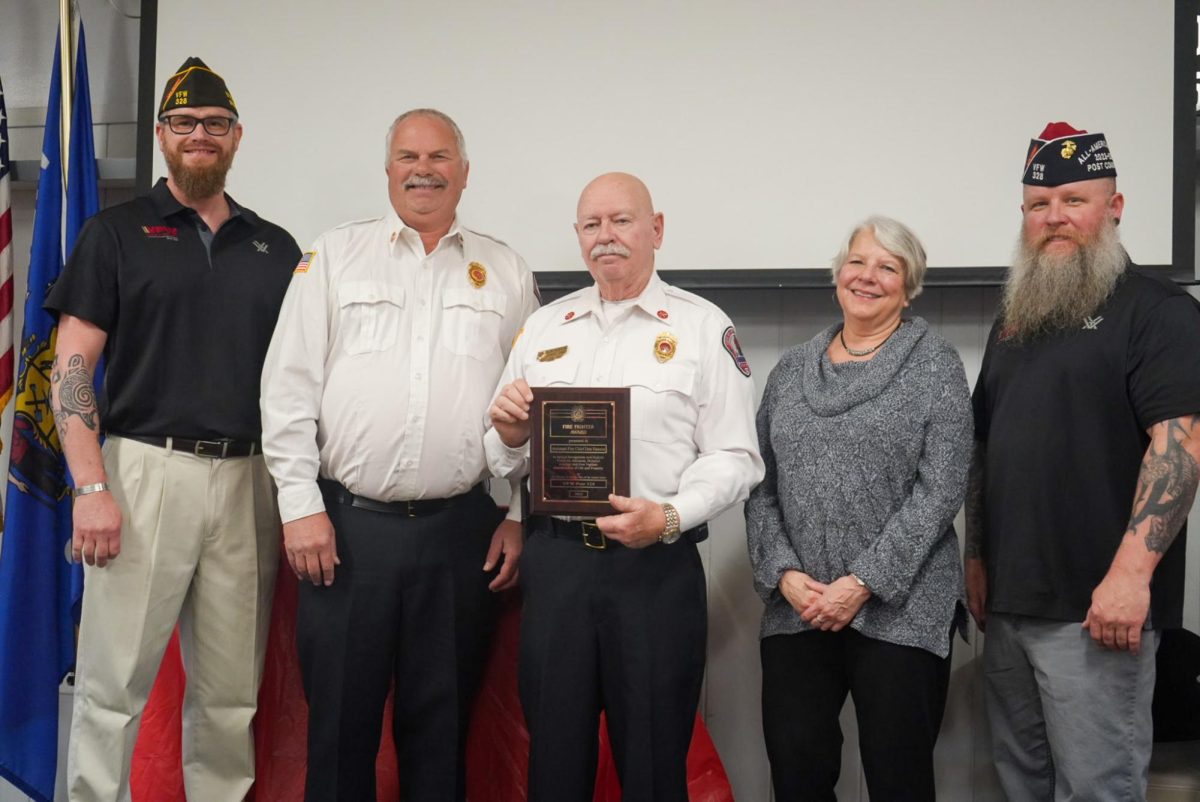Over the Summer, The Yahara River Chain, consisting of Lake Mendota, Monona, Wingra, Waubesa, and Kegonsa, experienced some of the highest levels of perfluoroalkyl and polyfluoroalkyl substances (PFAS) and Cyanobacteria (Blue-Green algae).
PFAS are a group of manufactured chemicals used in industrial and commercial products. Many products, including food packaging, drinking water, household products like nonstick cookware, water repellents used on carpets, and biosolids, can contain PFAS.
According to the United States Environmental Protection Agency, contact with PFAS can cause reduced fertility, developmental effects or delays in children, increased risk of some cancers, reduced abilities of the immune system, including reduced vaccine response, and interferences with the body’s natural hormones. These effects depend on many factors, such as type of PFAS, age, and type of contact. PFAS change over time, making determining how their exposure affects humans difficult.
A study was done in July of 2024 by Christy Remucal and the Department of Civil and Environmental Engineering at The University of Wisconsin-Madison. The federal drinking standard set in April is four parts per trillion of each PFAS, and the study shows that Lake Monona had the highest levels of PFAS in its foam, reaching as high as 328,000 parts per trillion.
Lake Waubesa and Lake Kegonsa were not far behind, with more than 200,000 parts per trillion.
The study also found that although PFAS levels were high in the foam, levels in the water below were low. In Lake Mendota, they discovered that the PFAS levels in the water were just ten parts per trillion, while the levels in the foam were as high as 12,000 parts per trillion.
In part, these levels were caused by the amount of rainfall this summer, which was 48% higher than the average. The rainfall causes runoff from nearby agricultural fields to enter the lakes.
PFAS levels are affected not only by fields but also by local airports. Madison’s Starkweather Creek, which connects to Lake Monona, experiences runoff from PFAS-based firefighting foams used at Dane County Regional Airport and Truax Field Air National Guard Base.
These high levels across Dane County caused the closing of beaches and the Department of Natural Resources to give out advisories. The Lake Kegonsa State Park beach was closed multiple times due to these levels. Public Health Madison and Dane County warned people not to use the lakes or eat fish from the lake; the public needed to be better aware of the warnings.
The runoff led to the shoreline of Lake Kegonsa being covered in foam with high levels of PFAS and Cyanobacteria filling the lake, which resulted in the lake smelling and looking unpleasant.
“This is the worst I’ve ever seen the lake,” Peggy Hariu, a Facebook user, says.
Multiple people expressed their concerns on Facebook about the algae, foams, and the number of dead fish on the shore. Ryan Schultz, the director of the Lake Kegonsa Facebook page, advised everyone to contact local officials and organizations for help.
One of the many organizations in Dane County that works to warn the public about high PFAS levels is the Clean Lakes Alliance. Clean Lakes Alliance is an organization dedicated to protecting and improving our lakes.
Paul Dearlove, deputy director at Clean Lakes Alliance, says, “Our goal is to raise awareness about what is happening in our watershed and advocate for the health of our lakes and rivers.”
The high PFAS pose severe risks not only to the lakes but also to the communities surrounding them. The highest risk is for pets and children.
“Kids and pets are most at risk because they can’t avoid the foams; they are going to go into it when they see it,” Dearlove says.
“It’s best to avoid any foam when you see it because you can’t tell if it has PFAS in it.” he continues.
According to Dearlove, the primary way to raise awareness about the lakes and rivers is by contacting your local government officials.
“We work closely with government officials in Dane County by advising them on what is happening in the lakes, policies they can implement, and how they can help, “ Dearlove says. “But the main way the public can help is by reaching out to their officials. The more they see how concerned the public is, the more likely they are to do something about it,” he says.
Categories:
PFAS Levels Reach All-Time High
Lake Kegonsa’s shoreline over the summer covered in foam and blue-green algae.
0
More to Discover
About the Contributor

Ainsley Gerard, Arts and Entertainment Editor
Ainsley is a junior, and this is her second year on staff as the A&E Editor! She joined the Norse Star because she enjoys writing and researching topics that are new and interesting. Outside of the Norse Star, Ainsley is involved in swim, link crew, student senate, and key club. Besides school activities, she likes to read, travel, swim, watch sports, and spend time with family and friends. After high school, she hopes to attend college, where she will major in Psychology and later become a Psychologist!








